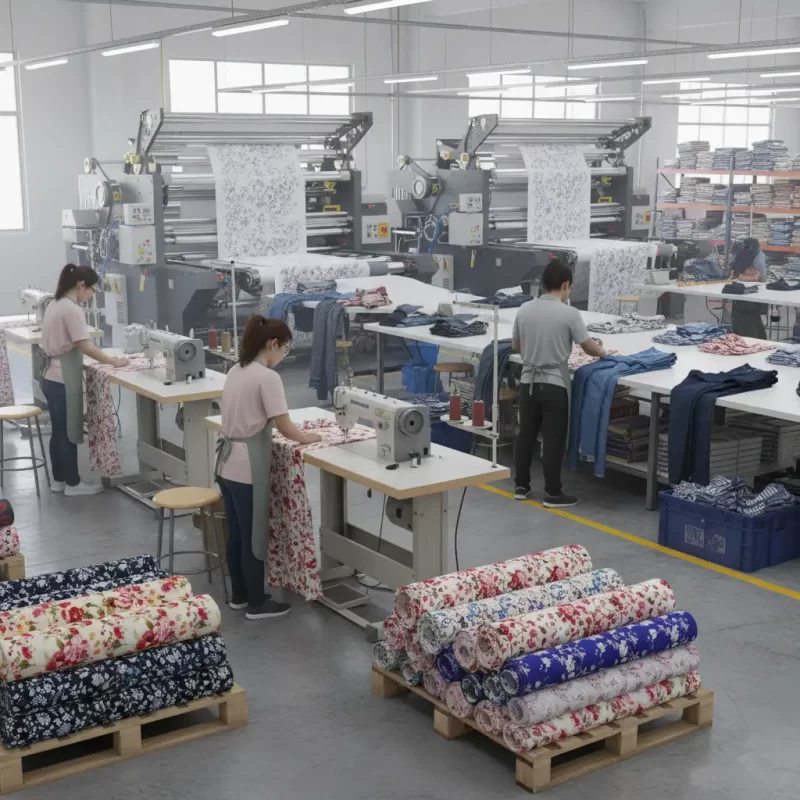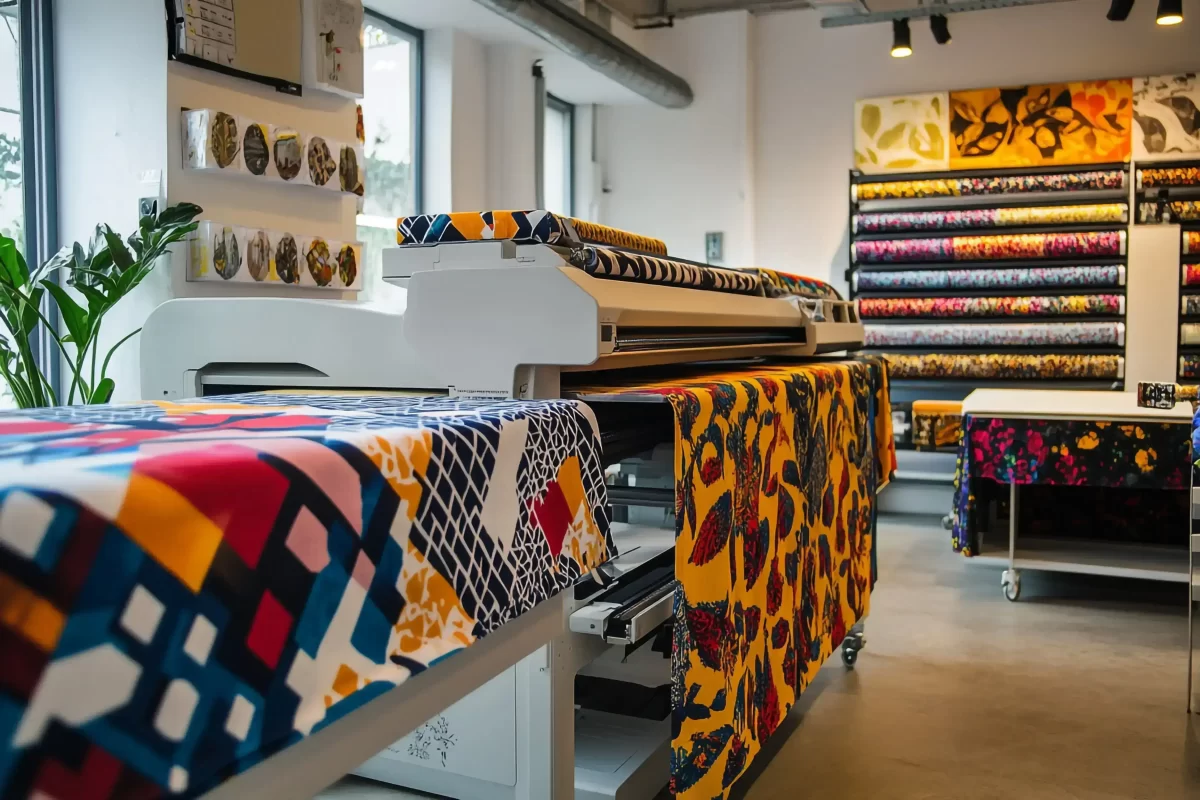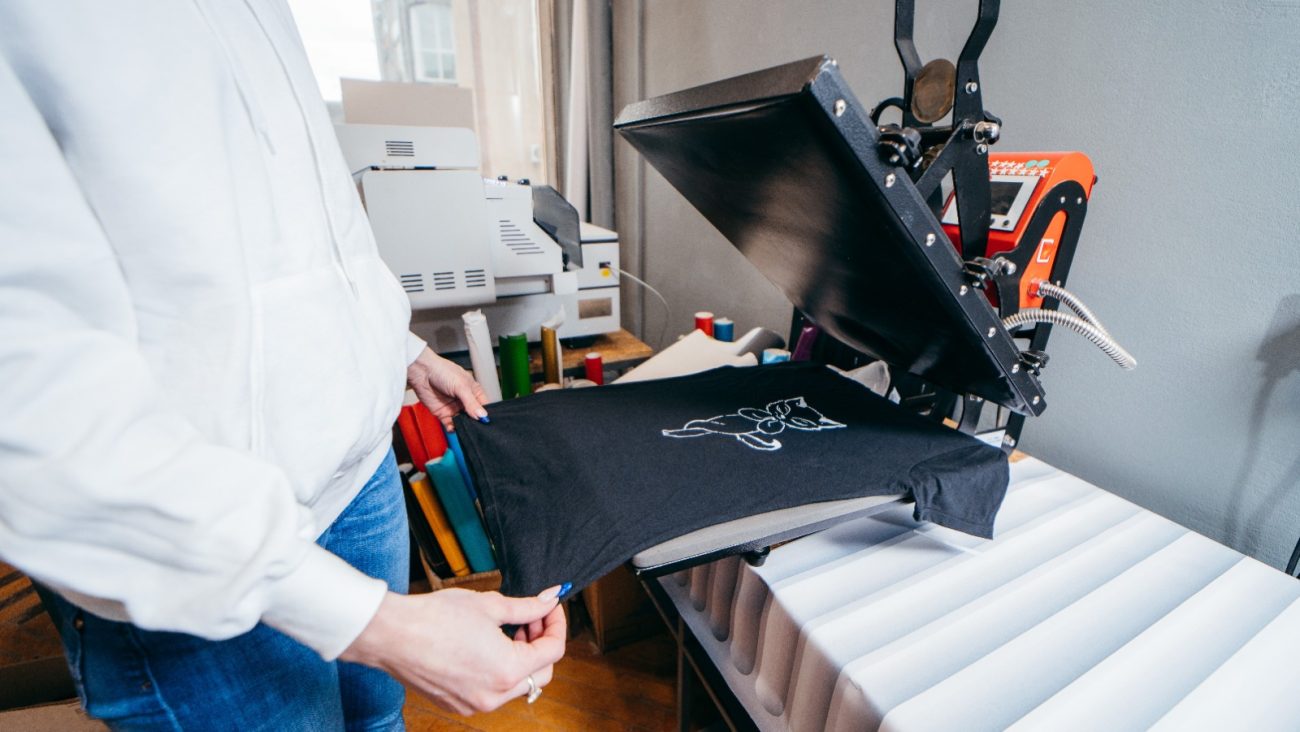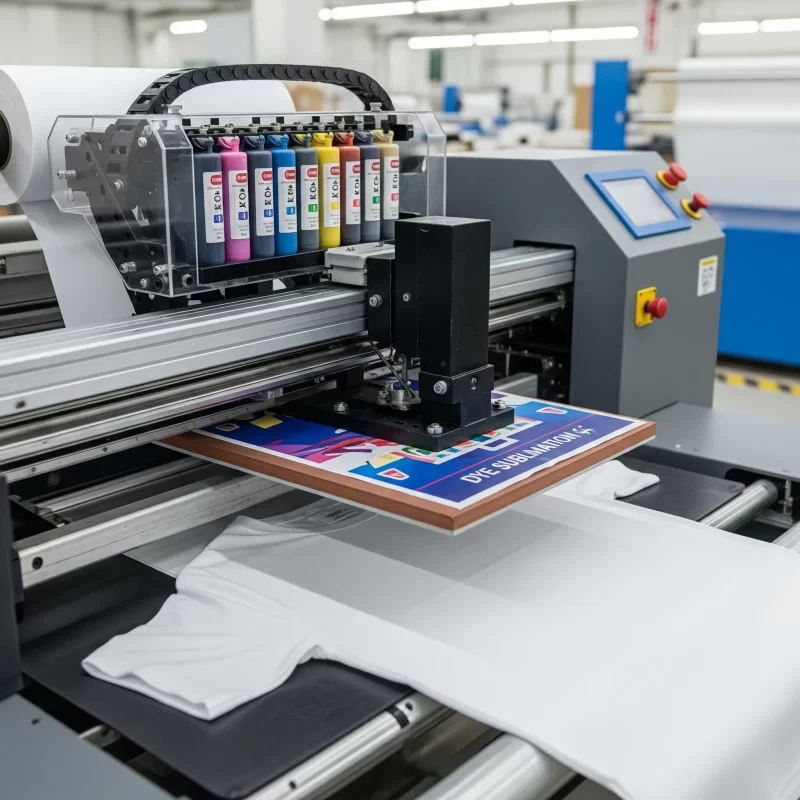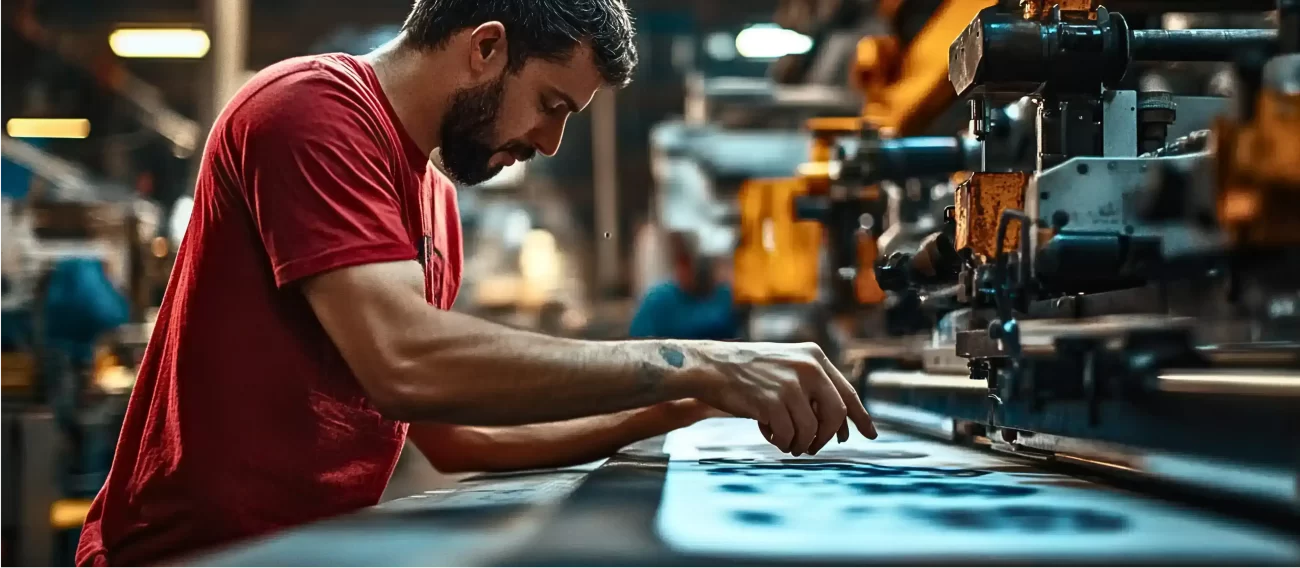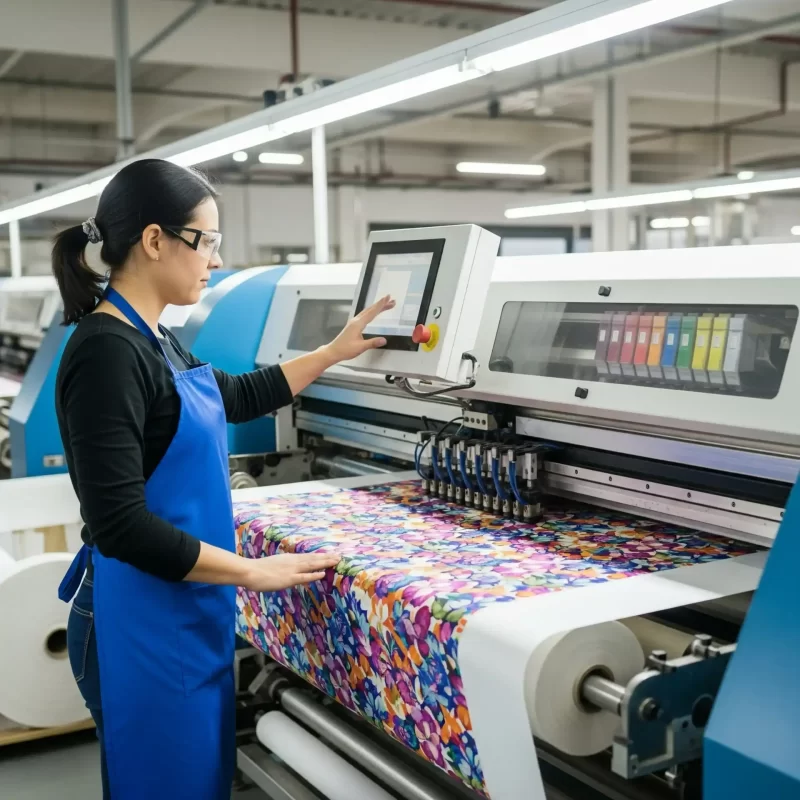Choosing the Right Label Printer for Your Business
Choosing a label printer for your business can seem like a small decision — but for textile and garment manufacturers in the Bangladesh sector, it’s one that directly impacts productivity, brand presentation, and long-term profitability.
With hundreds of models, ink types, and printing technologies available, you must consider the types carefully, and the process can quickly get confusing. That’s why Prominent Tec has developed a Free Guide: Choosing the Right Label Printer for Your Business — to help you make a confident, well-informed choice that suits your factory’s specific needs and exact requirements.
In this post, we’ll walk you through key insights from the guide so you can understand what to look for, what to avoid, and how to select a label printer that truly fits your workflow.
Why Choosing the Right Label Printer Matters
In Bangladesh’s competitive textile industry, every detail counts — especially your product labels. Labels aren’t just tags; they carry your brand identity, compliance information, and supply chain details that build customer trust.
The right label printer can help you:
- Maintain consistent print quality across high volumes
- Reduce production delays and outsourcing costs
- Customize designs for different product lines
- Increase operational efficiency and flexibility, offering a significant cost-saving advantage.
But not every label printer fits every factory. Small apparel brands printing 500 garment tags a day have different needs than large export-oriented factories running 20,000 labels an hour.
That’s why understanding your production goals and printing requirements before buying is essential.
Key Factors to Consider Before Buying a Label Printer
1. Production Volume and Workflow
The first step is evaluating your daily and monthly label requirements.
- Small-batch factories or startups may prefer a compact printer that’s easy to maintain and affordable to operate.
- Mid- to large-scale manufacturers should invest in a heavy-duty, industrial-grade label printer built to withstand continuous runs without downtime.
Understanding your minimum and maximum daily label output ensures you get consistent performance and durability.
2. Material Compatibility
Different garment applications use different label materials — from fabric tags and PET labels to adhesive packaging labels. You must ensure the printer is compatible with every substrate. For example:
- Thermal printers are great for barcode, inventory management, or shipping labels.
- Inkjet printers offer high-resolution prints suitable for colorful product tags.
Prominent Tec’s team helps clients select printers compatible with the materials they use in their textile operations.
3. Print Technology and Ink Type
Understanding printing technology is crucial, especially the different types of thermal printers.
Thermal Label Printers:
- Direct thermal and thermal transfer printers: These are the two main types. Direct thermal printers are simple, but the prints can fade. Thermal transfer printers use a ribbon to create highly durable prints that last longer.
- Ideal for high-volume, single-color labels.
- Commonly used in logistics, warehousing, and compliance tagging.
Inkjet Label Printers:
- Designed for high-quality, full-color labels.
- Perfect for branded garment tags and packaging labels.
Choosing the right technology ensures you get the balance between cost efficiency, quality, and durability.
4. Print Resolution and Speed
Print quality depends on DPI (dots per inch).
- 203–300 DPI is suitable for barcodes and text-based labels.
- 600+ DPI is ideal for graphics, logos, and premium product labels.
Speed matters too. For example, fast print speeds are essential in export factories where thousands of labels are printed daily. A slower printer can bottleneck the entire production line.
Common Mistakes to Avoid When Buying a Label Printer
Before making your purchase, avoid these frequent pitfalls:
- Choosing based on price instead of total ownership cost (which includes long-term maintenance costs and potential repair costs)
- Ignoring compatibility with fabric or label materials
- Overlooking print volume and resolution requirements
- Skipping training and after-sales support from a reliable supplier
The right decision saves time, reduces waste, and ensures consistent label quality across every order.

